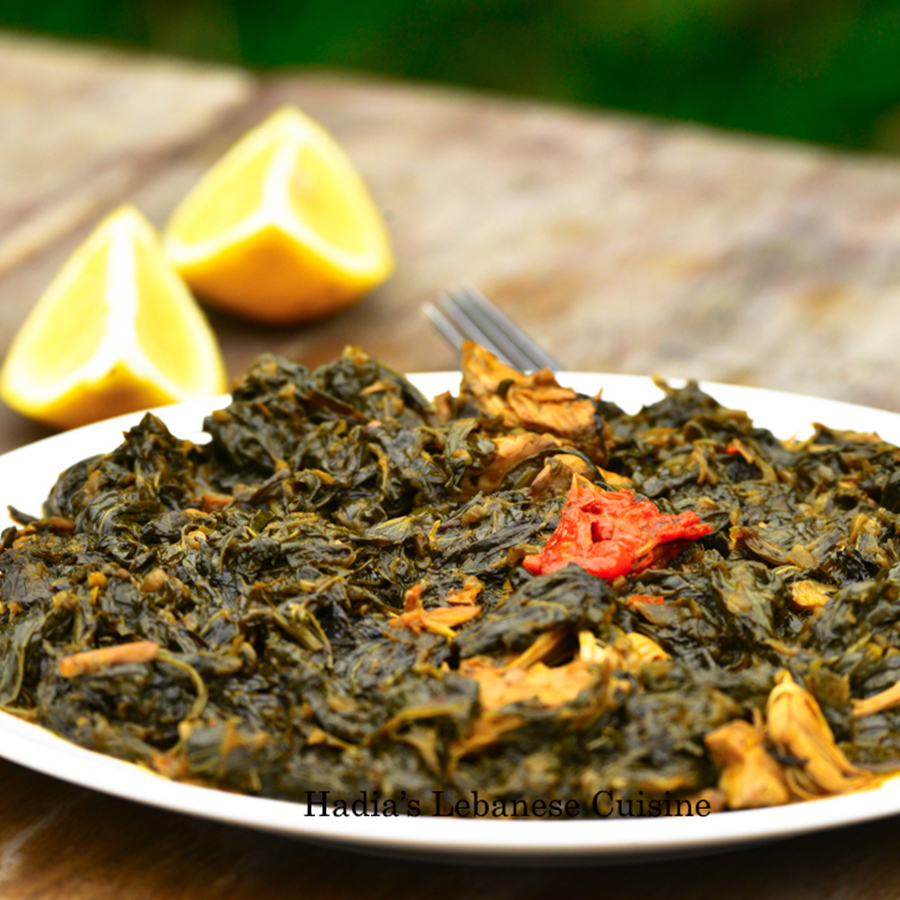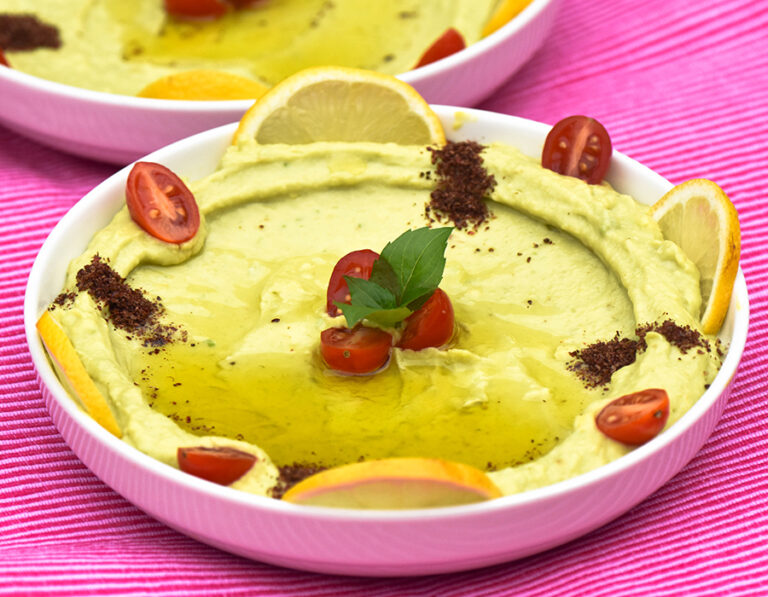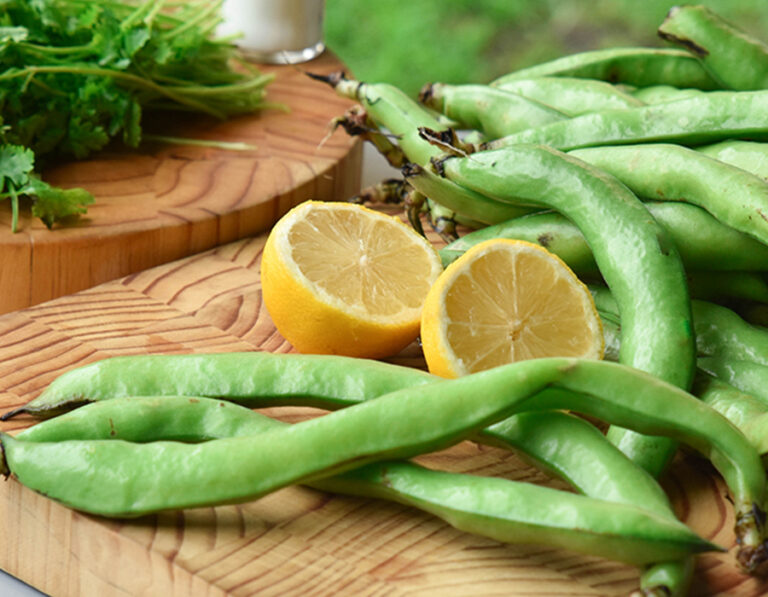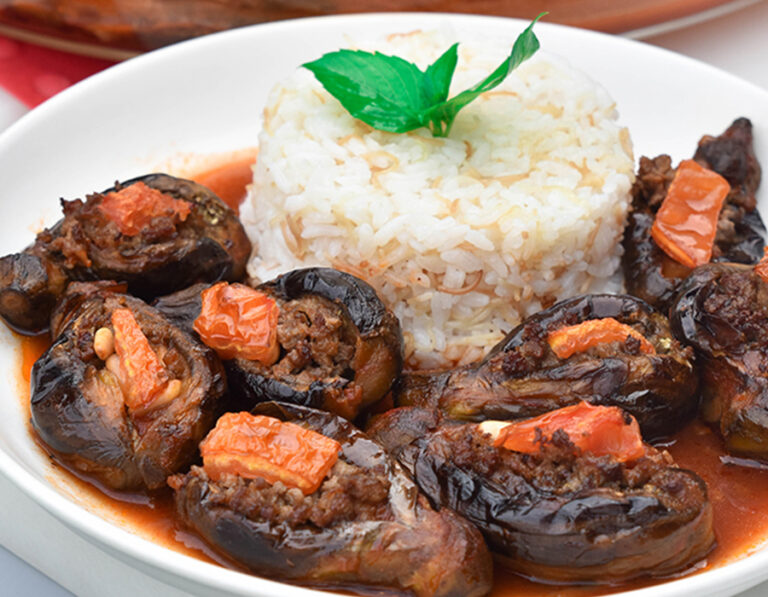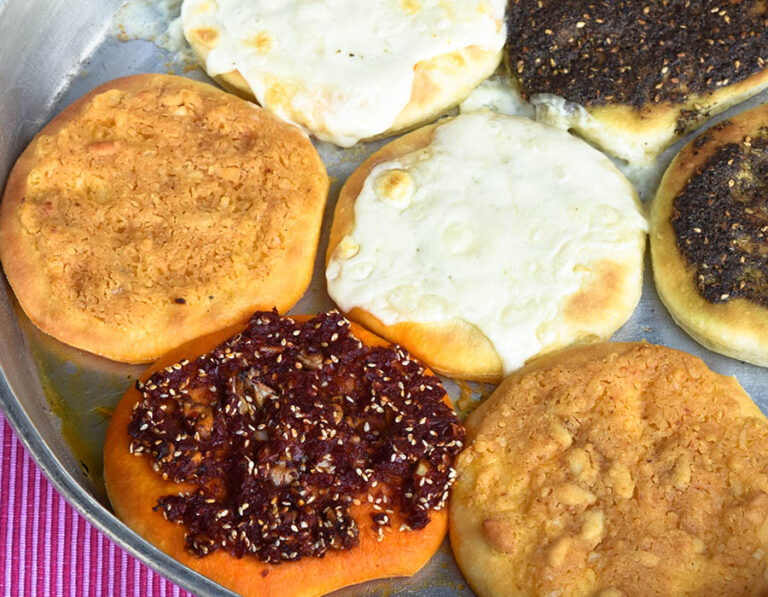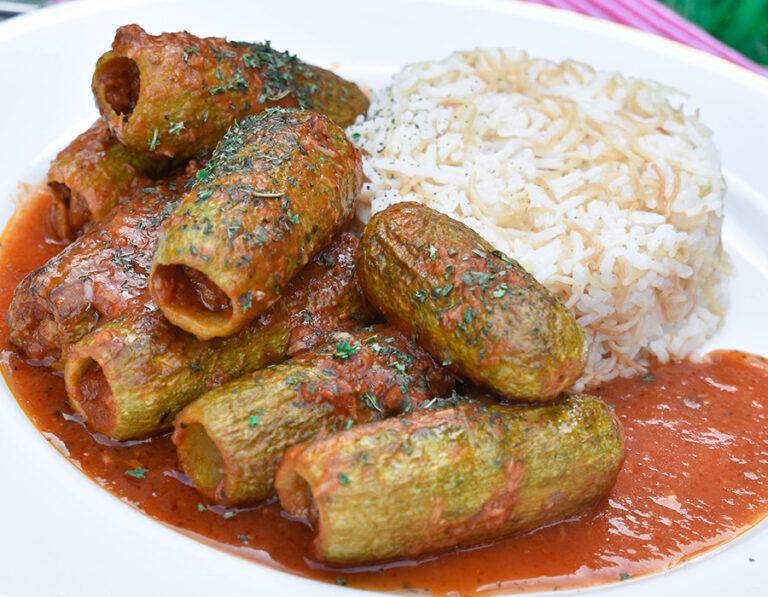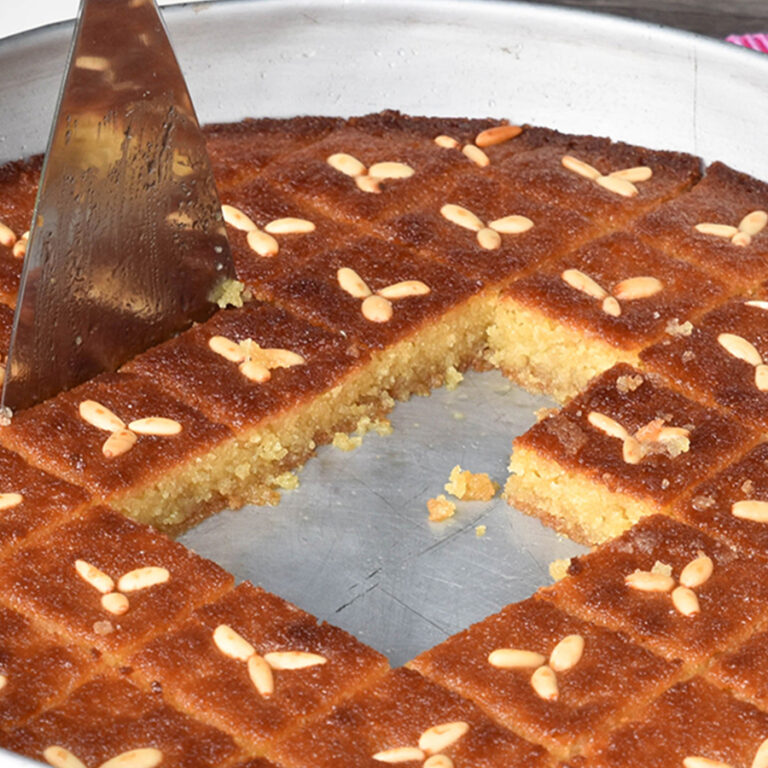If you ask any Lebanese living in Congo to mention his favorite African stew, I guess metembele or matembela would be on the top list. A pure comfort food at its best. African stews are diverse and full of flavors! Have you ever tried any of them? They are really awesome. I didn’t realize the richness of those stews until I moved to Congo. People are only familiar with a small fraction of Congolese cuisine, a cuisine that is still largely under the radar and has not received the recognition it truly deserves.
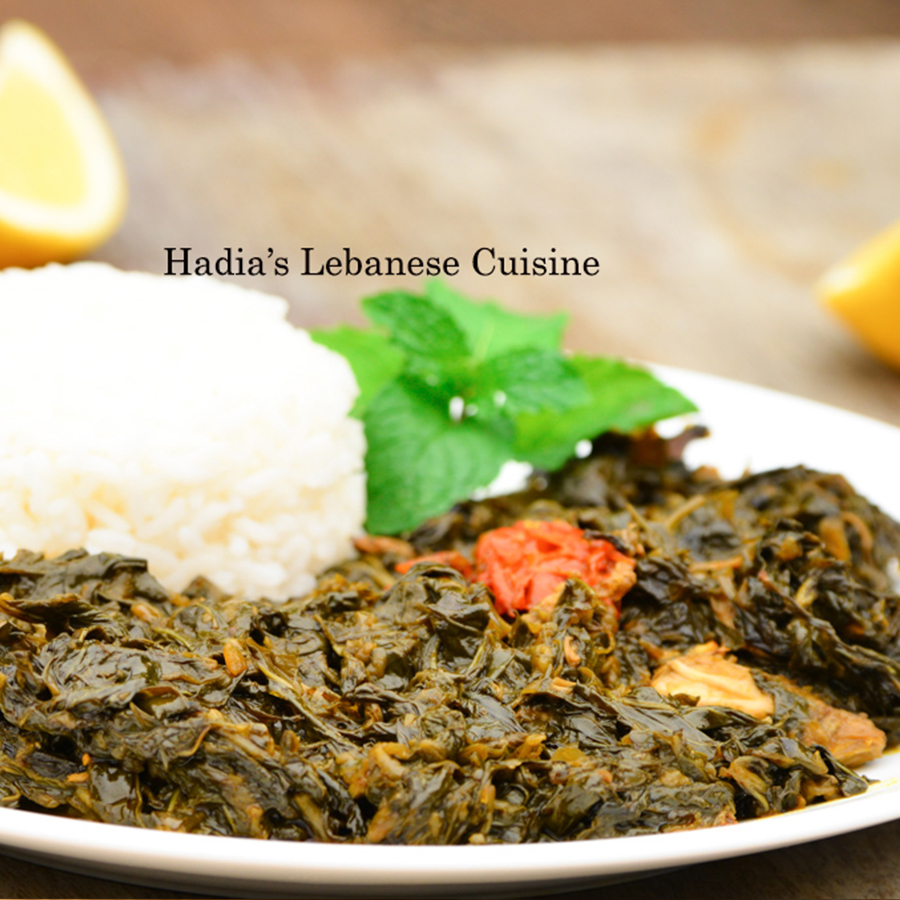
I have been living in Congo for 30 years and through those years I discovered how wonderful those stews are – I am grateful to my friends in Congo who taught me some delectable recipes. When it comes to Congolese cuisine, “Potato Leaf Stew” / “Matembela/ Matembele” is among the favorite stews, an undiscovered treasure waiting to be found and my favorite way of eating leafy green stews.
A popular stew and a traditional Congolese favorite that is often prepared in most homes with different incarnations, a must-have for celebrations and in everyday meal — to people in Congo, “Matembele” is more than a meal to survive but a food pleasure strategy.
New people in your social sphere are likely to introduce new recipes and new experiences. Congo was another exciting part of the world to me and had a bit of a mission to get to know its food and culture; I had the opportunity to try a variety of local dishes that helped me expand my vision and taught me about native species and plants. It took a move to Congo to know that sweet potato leaves are edible!
How I learned making matembele?
One day we were invited over for dinner at Marion’s home. A gracious Congolese lady who is known in her community as a highly skilled cook. The food came to us around a modest table covered end-to-end with amazing Congolese dishes, but the real star of the show was the “Sweet Potato Leaf Stew”, known in Congo as “Matembele”. I knew from the aroma wafting through the air that I’d like this dish, but I honestly never thought that it would be as good as it actually was, we ate each bite slowly so the experience would last as long as possible. After dinner I asked the host if she’d mind sharing the recipe, a smile lit up her face and said: “what could be a better compliment than someone else wanting to create my cooking for themselves, but the issue is that no exact recipe involved here, I cook intuitively, in the way that my mother taught me, so I just throw a little of this and a little of that in”. The beginner cook in me knew that without proper amounts of ingredients my culinary masterpiece would be nothing more than a disaster! But the kind and extremely generous Marion offered to demonstrate the dish in her kitchen. A few days later, we ventured to the “Grand Marché”, the largest open-air local market for fresh produce in Kinshasa to purchase the ingredients needed for the dish, then she happily hosted me in her home to cook the matembele, and I couldn’t have been more delighted to accept such a generous invitation. We spent a few hours in her kitchen making together the dish. Her house was filled with a steamy warmth aroma coming from the big pot of chicken leafy stew on her stove. She explained that there are many ways to make matembele, but it generally involves sweet potato leaves, onions, (sometimes eggplant) and pilipili (African hot red pepper). Some variations are made with fish instead of chicken. It requires time to make and a few pots and pans, but the effort is worth it. I was ready to learn everything I saw and I wrote every step down, nothing was left undocumented so that I could keep back details whenever I want to whip it up in my kitchen!
I made it often over the years, and I am here today thirty years later to pass the recipe along to you, with hope it will inspire you to try it one day in your kitchen. Since that day I always get requests from friends to make matembele for gatherings or dinner parties. It just amazes me how often accidental events like who we met and where we lived could sometimes result in a recipe being acquired and becoming firmly rooted in one’s repertoire.
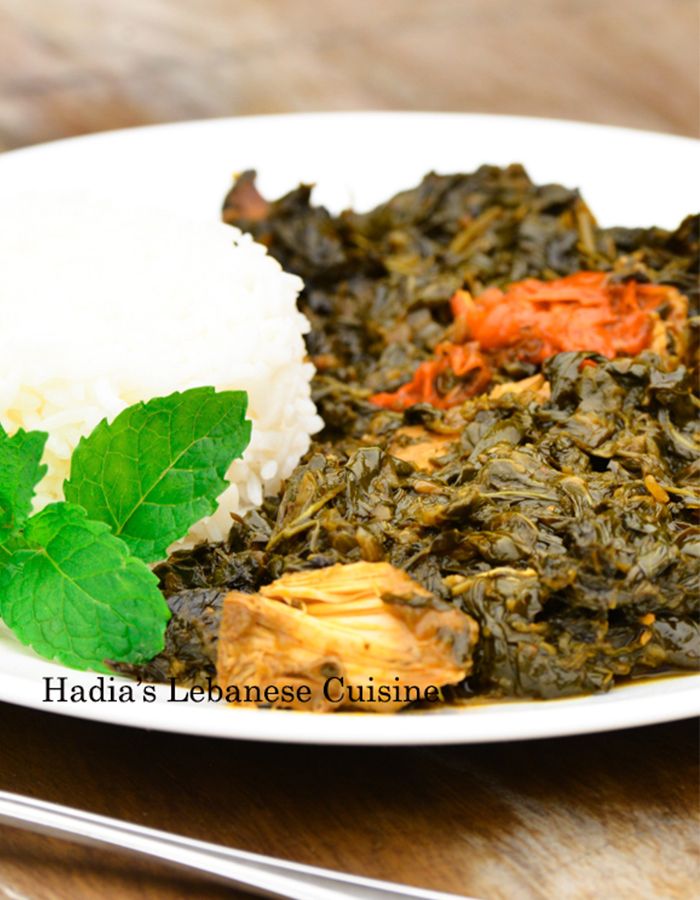
The stew calls for a generous amount of onions, they add such a depth of flavor to the leafy green stew.
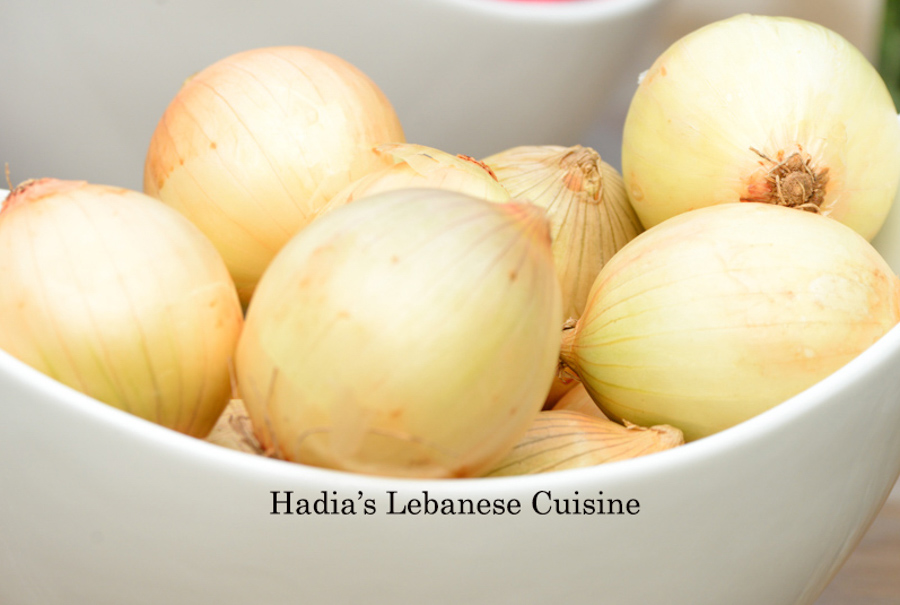
Sweet potato crops are common throughout tropical Africa, and sweet potato leaves are widely consumed in Congo, Giunea, Sierra Leone, Liberia, Uganda…etc.. Sweet Potato leaves are packed with antioxidants, fibers and vitamins.
Use only the leaves and discard the stems.

The preparation of “Matembele/Matembela” requires ingredients like chicken, red palm oil, fresh red African pili pili (similar to Habaneros) and onions. Some people add eggplants to the stew which I think would be delicious too. Matembela is supposed to be a bit hot. The chicken has to be simmered until fall-off-the bone tender and the broth is used to tie the flavors together.

How to serve matembele?
The stew is best served over a bed of steaming white rice. It is often paired with fufu as well; fufu is a dough like sticky paste made with cassava flour meant to be eaten with your hands by tearing off bite sized balls of fufu and dipping them in stews and sauces. My personal preference is to eat matembele white rice.
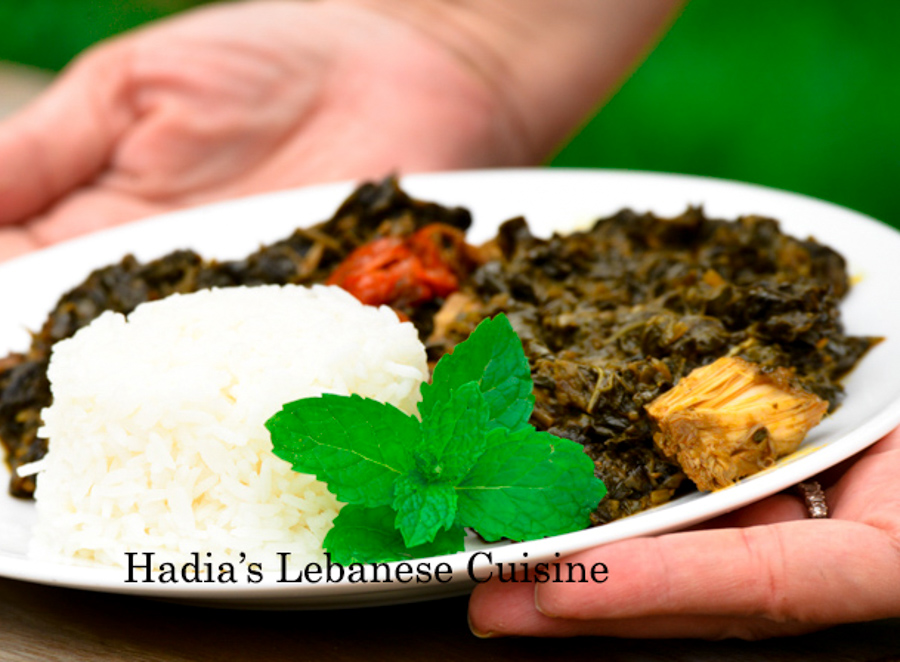
The red-orange palm oil, with its smoky flavor and vibrant color, gives the dish its authentic African stamp.
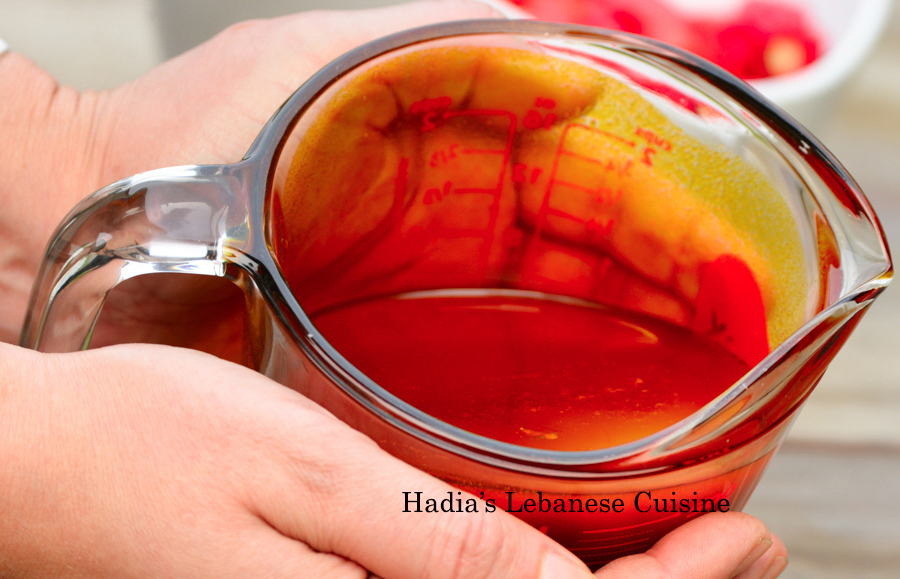
The best substitute for the African pili pili is the red Habanero.
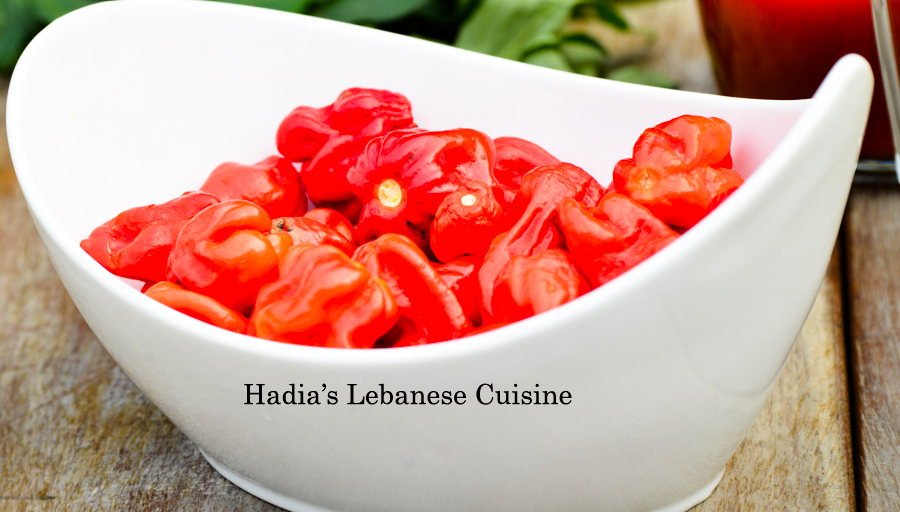
How to wash the leaves?
I recommend you give the sweet potato leaves a good wash before you begin cooking them. Place the sweet potato leaves in a sink of water, submerge the leaves, add a pinch of salt and agitate. Let the leaves soak for 5 minutes and drain. Then rinse with clear running water until all signs of soil are removed.
Can I freeze the stew?
Yes you can freeze matembele. It holds up really well in the freezer. It can be kept frozen for up to 3 months. To reheat it, thaw overnight in the fridge, and reheat over low heat.
What would I do if I can’t find sweet potato leaves and what is the best substitute for the sweet potato leaves?
Let’s be honest and say that the stew is best made with sweet potato leaves, but you can also use fresh Jews mallow/ Jute leaves or spinach leaves as a substitute. The result will not be the same, but still satisfying!
- Don’t let the labor-intensive put you off making the dish. It is so worth a try! A festive meal that is great for weekends and family gatherings!
Sweet Potato leaf Stew / Matembela
Description
Ingredients
- 5 bundles of fresh sweet potato leaves matembele leaves, each bundle is about 1 kg/2 lb. discard the stems and use only the leaves.
- 1 kg / 2lb 4 oz. onions finely chopped
- 1 whole chicken about 1.5 kg / 3lb. 5 oz.
- 3- 4 red pili pili peppers/ red Habaneros or to taste
- ¾ cup palm oil
- 4 chicken bouillon
For the broth:
- 1 onion 3 cardamom pods and 2 bay leaves
Instructions
- Wash the chicken and drain. Set in a pot, add water covering the chicken and place on high heat.
- Spoon the scum out as it appears. Once it reaches a boiling point, add the onion, cardamom pods and bay leaves. Reduce the heat to low, cover the pot and simmer for 2 hours or until fully cooked and fall-off-the bone tender.
- In the meantime, wash, drain and roughly chop the sweet potato leaves.
- Remove the chicken with a slotted spoon, debone and strip into medium sized pieces. Set the broth aside.
- Add the palm oil to a large stockpot and place over medium to high heat.
- Stir in the chopped onions and cook to translucent. Add the chopped sweet potato leaves in batches. Keep adding the leaves and tossing sautéing it all.
- Pour 3 cups of the chicken broth over the wilted sweet potato leaves, season with salt and the whole red peppers.
- Add the chicken strips and chicken bouillon and stir.
- Once the mixture boils, reduce heat to low, cover the pot and simmer for 2 hours.
- Transfer the mixture to an oven dish and bake in a preheated oven to, 200°C/400°F, for 15-20 minutes to dry the sauce. Serve it with plain rice or fufu.
Notes
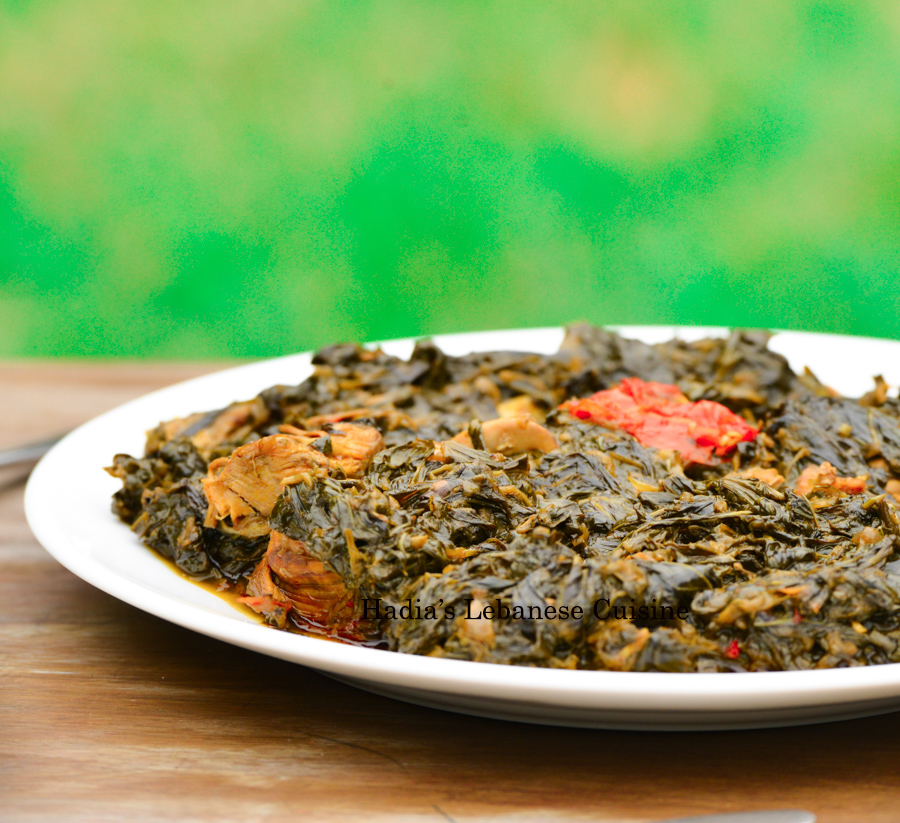 If you make this recipe, share your pictures on Facebook! I would love to see your creations!Hashtag them #Hadia's Lebanese Cuisine
If you make this recipe, share your pictures on Facebook! I would love to see your creations!Hashtag them #Hadia's Lebanese Cuisine

